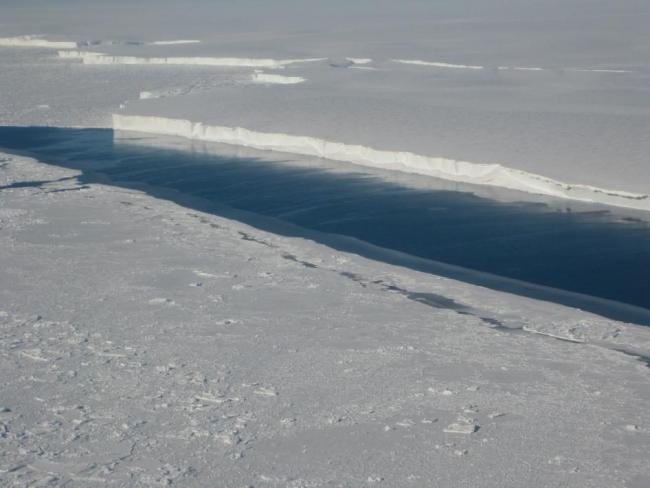Articles Menu

MARCH 7, 2021
Antarctic warming is accelerating: at least one of the southern continent’s ice shelves has been melting faster than ever. The polar summer of 2019-2020 set a new record for temperatures above freezing point over the George VI ice shelf off the Antarctic Peninsula.
The finding is ominous: the ice shelves form a natural buttress that slows the rate of glacier flow from the continental bedrock. The faster the glaciers flow into the sea, the higher the hazard of sea level rise.
And a second study confirms that this is already happening in West Antarctica: researchers looked at 25 years of satellite observation of 14 glaciers in the Getz sector to find that meltwater is flowing into the Amundsen Sea ever faster. Between 1994 and 2018, these glaciers lost 315 billion tonnes of ice, enough to raise global sea levels by almost one millimetre.
Melting rates in Antarctica have been a source of alarm for years. The latest studies confirm the picture of continuing melt.
U.S. scientists report in the journal The Cryosphere that they too used satellite observation—41 years of it—to measure summer meltwater on the ice and in the near-surface snow of the northern part of the George VI ice shelf. They identified the most widespread melt and the greatest total of melt days of any season during the 2019-2020 summer.
Air temperatures were above freezing for up to 90 hours, allowing pools of meltwater to collect on the shelf. At its peak, 23% of the region was covered with water: the equivalent, in glaciology’s favourite popular measure, of 250,000 Olympic swimming pools.
“When the temperature is above zero degrees Celsius, that limits refreezing and also leads to further melting,” said Alison Banwell of the University of Colorado at Boulder, who led the study. “Water absorbs more radiation than snow and ice, and that leads to even more melting.”
The Getz shelf is one of the biggest of a sector of the West Antarctic known as Marie Byrd Land. A new report in the journal Nature Communications confirms that all 14 measured glaciers there have picked up speed and reach the ocean ever more swiftly.
Three of them have accelerated by more than 44%. And over the years the loss of ice has been the equivalent of 126 million Olympic swimming pools—all of it now adding to global sea level rise.
“The Getz region of Antarctica is so remote that humans have never set foot on most of this part of the continent,” said first author Heather Selley of the University of Leeds, UK. “Satellite radar altimetry records have shown substantial thinning of the ice sheet.
“However, the high rates of increased glacier speed—coupled with ice thinning—now confirm the Getz basin is in dynamic imbalance, meaning that it is losing more ice than it gains through snowfall.” − Climate News Network
[Top photo: NASA/JPL-Caltech/UC Irvine]